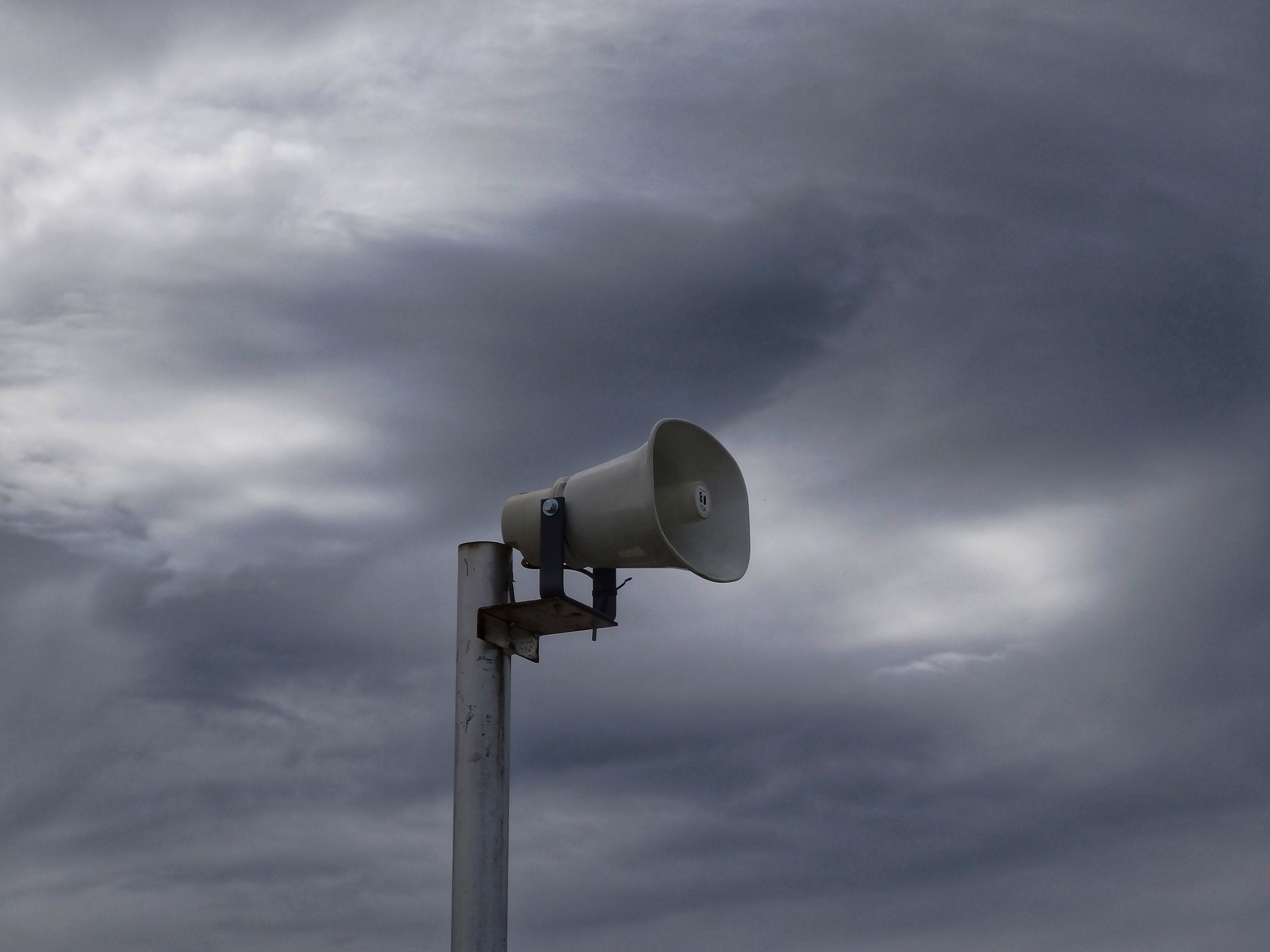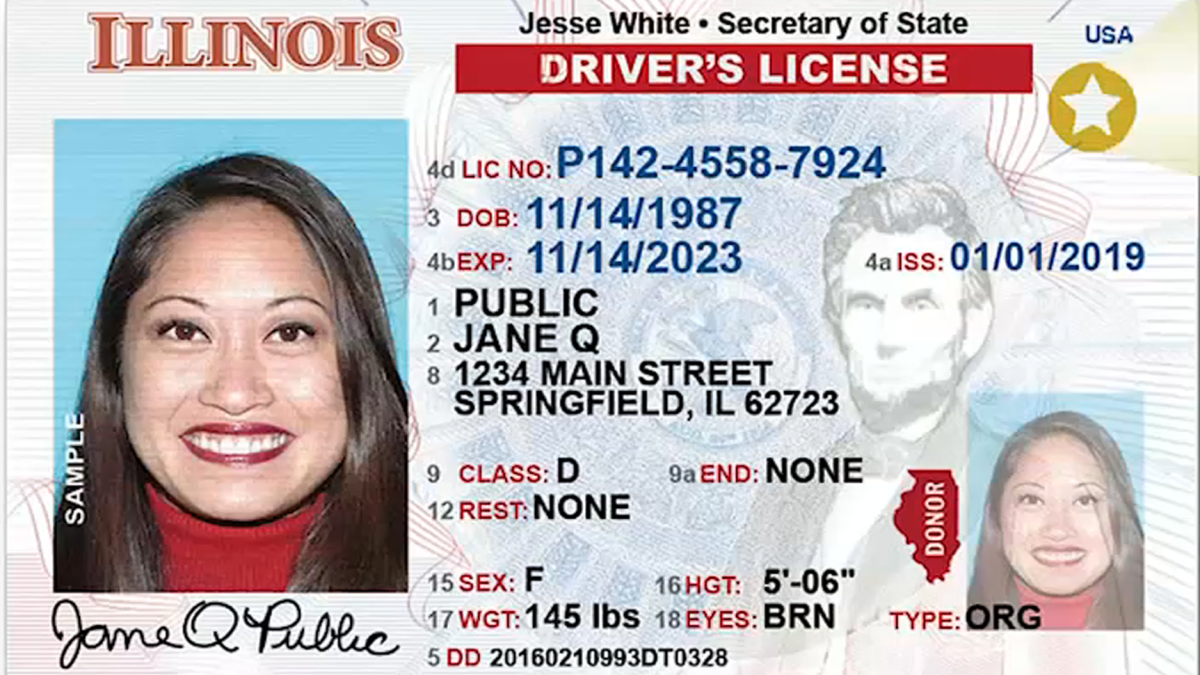As the number of COVID cases in the United States approach record-highs, officials are learning more about the severity and impact of the omicron variant of the virus.
According to the latest data, the nation is averaging 269,000 new cases of COVID per day, but hospitalizations are not increasing as quickly as cases.
In Illinois, the average number of new cases has risen by 133% in the last two weeks, while the number of hospitalizations has increased by approximately 51%, according to the Illinois Department of Public Health.
Dr. Anthony Fauci, the president’s chief medical advisor, said that a new study out of South Africa has indicated that the omicron variant results in fewer ICU admissions, fewer patients in need of supplemental oxygen, and shorter hospital stays on average.
Even still, the sheer number of new cases is leading to concerns that hospitals could soon reach their breaking point, and doctors are pleading with patients to get vaccinated to give themselves the best chance of not becoming severely ill if they contract the virus.
“Many of our patients are unvaccinated, and some will ask if they can vaccinate (once they arrive), but I have to let them know that it’s too late,” Dr. Jeff Pothof, an emergency physician at UW Health in Madison, Wisconsin, said.
Amid this increase in cases and hospitalizations, the Centers for Disease Control and Prevention is facing questions about its new guidance that cuts the quarantine time for asymptomatic COVID patients from 10 days to five. The new guidance also does not require a negative COVID test, but CDC Director Dr. Rochelle Walensky defended the new policy as one that adheres to the most current science on COVID.
Local
“We have seen relatively low rates of isolation, less than a third of people isolating when they needed to, so we wanted some guidance that people would adhere to,” she said.
Walensky also pointed to data that suggests that COVID patients are most infectious 1-to-2 days before symptoms appear, and for 2-to-3 days after that date. She says that approximately 90% of COVID transmission occurs within that window.
Feeling out of the loop? We'll catch you up on the Chicago news you need to know. Sign up for the weekly Chicago Catch-Up newsletter here.
She also cautioned residents that they must continue to wear masks and to be extra-vigilant in the five days following their isolation period.
Even with those defenses of the policy, many front-line workers are disappointed in the new rules.
“We have policies that are putting the pandemic on the backs of front line workers, rather than supporting us,” Sara Nelson of the Association of Flight Attendants said.



